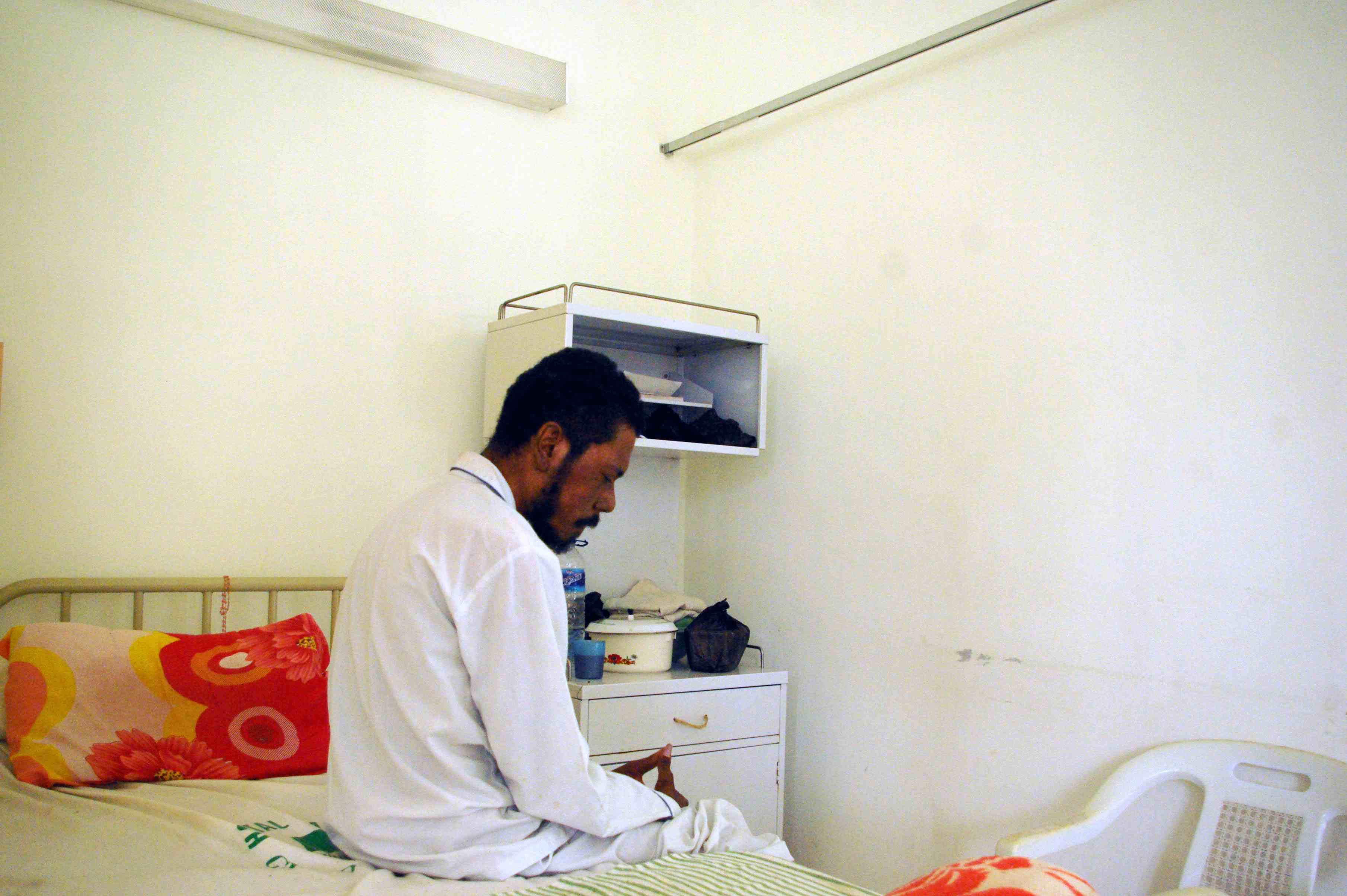Timor-Leste reported 46,832 cases of malaria - nearly one-twentieth of the population - in 2007 but health officials are optimistic that a nationwide spraying campaign and the extensive distribution of bed nets since then will have reduced numbers.
The Ministry of Health told IRIN it wants every man, woman and child to sleep under an insecticide-impregnated bed net. In a country where 80 percent of those sampled for malaria test positive, this might seem an obvious solution, but until November 2007, it was not government policy. Nets were only issued to pregnant women and children under five.
However, Maria Mota, a malaria official at the Ministry of Health, said research indicated it was often the men in the household - most likely to work in rice fields or low croplands - who often carried the disease.
"We've bought 66,000 bed nets in the last three months and we're about to buy 100,000 more," said vice-minister Madalena Hanjam. The programme still has some way to go, but Hanjam was confident of success. "This is still in the planning phase," she said. "We're doing it in steps."
Hanjam said the new nets were treated with anti-mosquito chemicals that stay active for five years. This is an improvement over earlier nets that had to be washed more frequently and were often torn in the process.
But additional prevention was hard and coordinating with other ministries often led to bureaucratic delays, she said.
 Photo: Brennon Jones/IRIN  |
| Wide-scale destruction throughout Timor-Leste has left pools of standing water – perfect breeding grounds for malaria-ridden mosquitos |
Timor is home to two strains of malaria, falciparum and vivax. Falciparum, a particularly dangerous strain, is the most common, though it is also the easiest to treat.
Hanjam said every health post, clinic and hospital had rapid test kits and since late last year the ministry had been using Coartem, recommended by the World Health Organization (WHO), to treat falciparum.
Treatment sites
Including rural health posts, sub-district clinics and district hospitals, there are 195 sites around the country where people can seek treatment.
"If 10 people come with symptoms and take the rapid test, eight will have a positive result," Hanjam said. Malaria is the third most prevalent communicable disease in Timor following diarrhoea and tuberculosis.
The system, however, is not flawless. Some patients live far away from a clinic and many rural Timorese are unaccustomed to using western medicines as a first response to illness, so they may wait until it is too late, risking cerebral malaria, which is deadly unless treated in hospital.
Infrastructure challenge
According to Arun B Thapa, WHO representative for Timor-Leste, "The fact that the country is in the process of rebuilding itself is the biggest challenge in addressing the malaria problem – much of the infrastructure has been destroyed. Even families in the most remote corners should have access."
WHO is working with the ministry of health to intensify its community services outreach programmes and mobile clinics. "What the programme does is pull together the different elements at the health centre level so they can't complain they don't have the transport or the logistics," Thapa told IRIN.
However, it is a slow process, and "more progress will be needed to make sure we really rid the country of malaria".
sm/bj/mw
This article was produced by IRIN News while it was part of the United Nations Office for the Coordination of Humanitarian Affairs. Please send queries on copyright or liability to the UN. For more information: https://shop.un.org/rights-permissions





